
It is not unusual for viewers to remember films for how they look rather than how they are told. This statement does not necessarily mean they were badly told stories or that they were dull, but it suggests a preference, a level of sensibility towards aesthetic representation, and most importantly a gap between visuals and storytelling, cinematography and the script, all in favor of the former.
Films With Better Visuals Than Storytelling is as broad a title as it is extensively representative of not only films that prioritize style over substance, but also of those with well-told stories that are overshadowed by the awe-inspiring visual portrayal. Regardless, this compilation places emphasis on films whose visual craftsmanship of story and theme are superior to the script’s structure, dialogue and narrative development.
Below are 10 examples of films, in no particular rank order, whose visual craftsmanship, innovation, and representation of theme overshadow their script.
1. What Dreams May Come (1998)
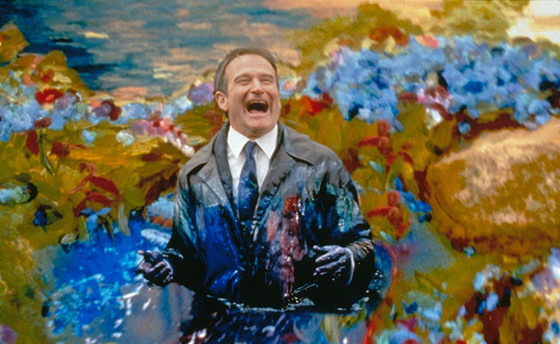
Based on a novel, What Dreams May Come is a visually mesmerizing film that explores life after death as well as the consequences our actions have in the afterlife. One might expect a film so ambitious in its premise to provoke deep emotion from its viewers.
Sadly, it suffers from a sloppy script that is flooded with cringe worthy catchphrases, aimless ontological questions and psychoanalytic mumbo jumbo. Despite Robin Williams’ talent to inspire wonder in viewers, What Dreams May Come attempts to condense so much lackluster context from its main source (the novel of the same name) that it leaves no space for its characters to develop appropriately to deliver emotional catharsis.
In terms of visuals, the cinematography as well as the production design is what renders innovation to the idiosyncratic depiction of the afterlife as a reanimated painting multiverse. In collaboration with Portuguese cinematographer Eduardo Serra, New Zealand director Vincent Ward employs slow motion, austere camera movements, and traditions of painting to both separate and merge reality and the afterlife dreamscape.
Ward derives Heaven’s golden-lit ethereal skies from popular Renaissance and Pre-Raphaelite paintings. In contrast, Hell’s portrayal is modeled after Gothic Architecture and most prominently, the macabre decrepitude and heavily industrialized hellscape found in Bosch’s paintings. Even some of the scenes that take place in the real world cast the impression of Pre-Raphaelite iconography such as the blooming of spring and the green dressed woman sitting by the garden.
In many ways, What Dreams May Come would have benefited as a silent film (accompanied by Michael Kamen’s score) since its convoluted story distracts viewers from a visual dreamscape that captures Western preconceptions of the afterlife while being faithful to the protagonist’s idiosyncratic re-imagination of Heaven.
2. To the Wonder (2012)
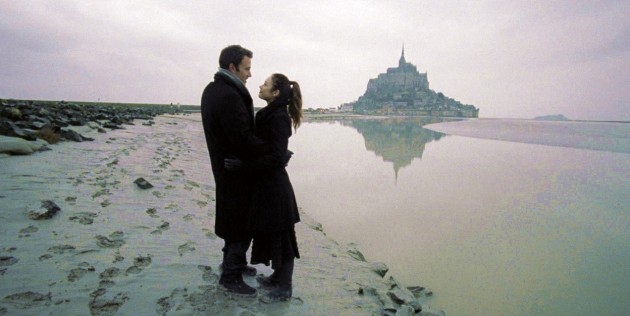
In To the Wonder, Director Terrence Malick’s limited use of script during filming in order to elicit improvisation from his actors succeeds in presenting the characters – a cast that includes Ben Affleck, Olga Kurylenko, and Javier Bardem – as ordinary individuals that dwell and ponder on the routineness of their lives.
However, the near lack of both dialogue and narrative structure make the unfolding of the plot to become elusive and oftentimes overwhelmingly redundant. There is a great deal of repetition, especially in the last scenes that some viewers might find claustrophobic. This is not to undervalue Malick’s skills as a director, what could others can misinterpret as “lack of storytelling,” might very well be Malick’s intention to evoke a story through emotion rather than words, which is easier said than done.
Malick’s instinct to grasp reality as perceived to the human eye is always consistent in To the Wonder. Reunited with brilliant cinematographer Emmanuel Lubezki, they maneuver the camera like the pen of a restless poet: honest, observant, and waiting patiently to capture the particularities that we recognize from experience, oftentimes in glimpses of light through leaves and stained glass.
Trademark to his work, Lubezki’s use of both natural lighting and long uninterrupted tracking shots, that latter swiftly alternating between low and high angles, gives the characters a high naturalist texture that is impossible to ignore.
It is difficult to single out a scene that stands out from the rest just because of the camera’s consistency throughout the film. Despite this, there is a particular scene between Affleck’s and Rachel McAdams’ characters set in a golden-lit wheat field during sunset that is emblematic of Malick’s eye for beautiful cinematography in countryside regions.
3. Memoirs of a Geisha (2005)
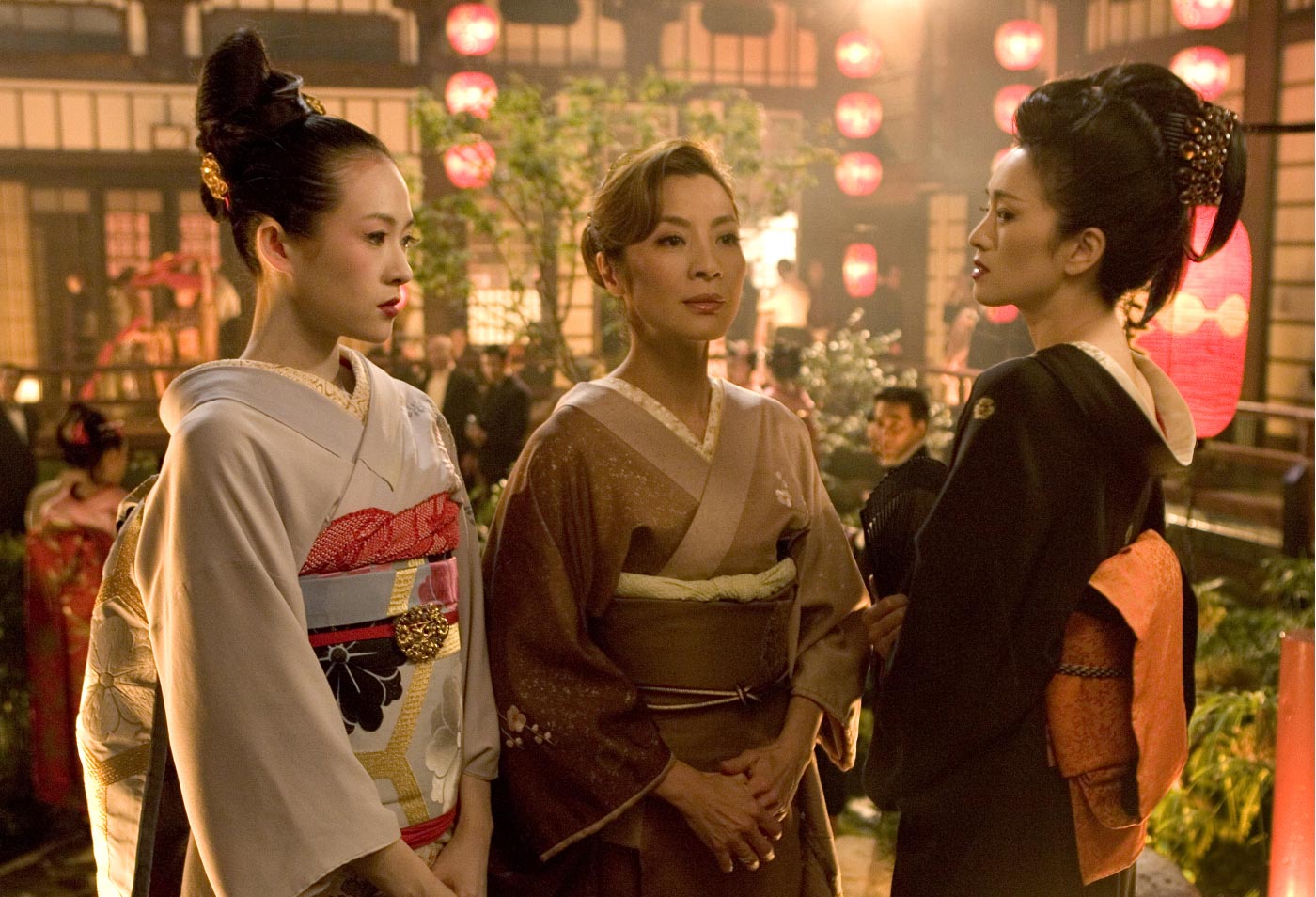
Director Rob Marshall’s film adaption of the novel of the same name is a lavish, but ultimately passionless film. Memoirs of a Geisha suffers from a sloppy script overladen with stiff dialogue and unnecessarily long setups that keep piling up in a film that lasts two and half hours (144 minutes).
Despite counting on the momentum of a few good dramatic moments, it is this melodrama’s wooden soap opera dialogue as well as refusal to let go of the tragic vein it sucks on that drags away Memories of a Geisha from becoming a brilliant film.
Despite its cultural inconsistencies for the sake of lavishness, Geisha’s accomplishments in cinematography, production and costume design are absolutely gorgeous. Being no stranger to sensationalism in film, Marshall is not shy of indulging viewers in the beauty of kimonos, luxurious tapestries and décor that westerners often glamorize of geisha culture.
In terms of cinematography, Marshall has a deep understanding of movement that is evident in the consistent use of dollies, crane work and steadicam throughout the film. The cinematography is smooth, carefully choreographed, expositional of the setting’s décor, and saves of its most saturated color contrasts (cinematographer Dion Beebe’s signature) for its most sublime moments.
The pinnacle of these scenes, and the reason why Memoirs of a Geisha is in this list, is definitely the dance Sayuri (Zhang Ziyi) performs at the ceremony. Accompanied with composer John Williams’ unpredictable yet wonderful score, Marshall uses different frame rates and vibrant blue-and-red contrasts to turn a carefully devised choreography into a visually arresting experience. Through elegance and technicality, Sayuri’s rite of passage brings to life to some degree a compelling story from a faulty script.
4. Life of Pi (2012)
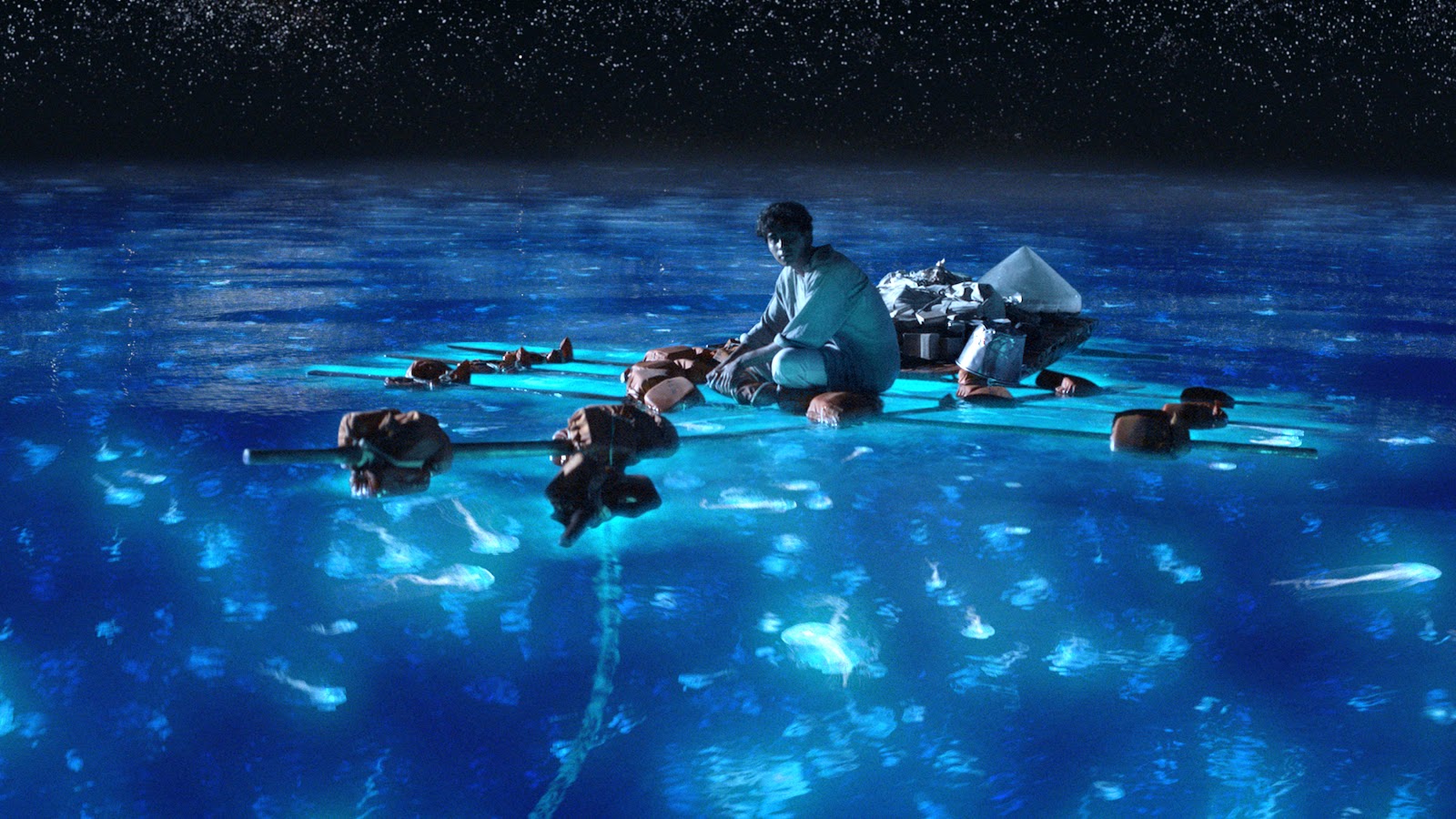
Ang Lee’s Life of Pi is a powerful story about the power of storytelling. David Magee’s adapted screenplay turns a supposedly “unfilmable” novel into a smooth, carefully structured and definitely one of the best-written films on this list.
Despite its structural craftsmanship, Life of Pi’s commitment to be both a tale of survival and a surrealist fable that romanticizes nature oftentimes settles for formulaic outcomes that sacrifice satisfaction for traditionalism. Life of Pi’s conventionality is a crutch that when compared to films more representative of both genres, is not nearly as memorable as it is well told.
What is truly memorable of this film is Lee’s representation of a modern fable through a computer generated oceanic fantasia. The use of 3D technology to create an immersive experience is delightful throughout the film. The level of artifice in the vibrant colors, the ocean’s contrasts between foreground and background, and the rhapsodic fish are jaw dropping, and altogether feel as if the viewer is watching the ocean through a kaleidoscope.
Some of the CGI sequences are spectacular, especially during the long shots of the glowing carnivorous island, as well as the overhead and low angle shots of the luminescent whale’s leap. What’s more, there are scenes that are quieter but equally stunning, particularly the vistas of the ocean’s surface mirroring the orange clouds at dawn as well as the star laden night skies.
Not every CGI in Life of Pi resemble a gauzy hallucination, the Bengal tiger, Richard Parker, is incredibly well detailed in texture and behavior. There are even some scenes that use real tigers and the resemblance is close to uncanny.
5. The Neon Demon (2016)
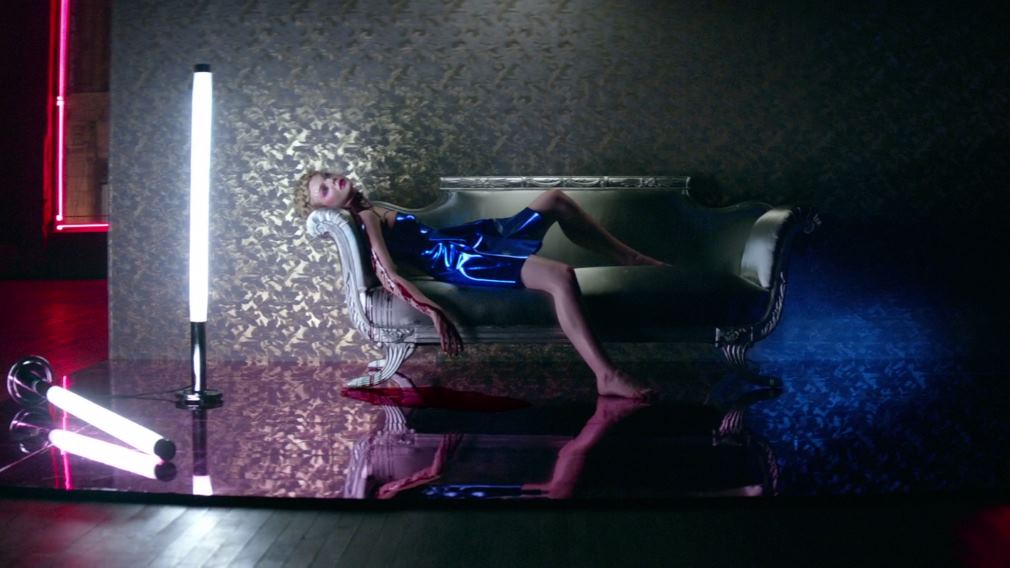
Similar to Only God Forgives, Danish Director’s Nicolas Winding Refn’s The Neon Demon is in many ways an accurate example of “style over substance.”
After critics panned his previous film, Refn responds by making an even more glamorously stylized film under the pretext that its gilded and superficial script is meant to expose western culture’s obsession with beauty, pageantry and self-image. Regardless, that does not account for some of the lack pace and brutally disturbing events that add little to context throughout the film.
Despite its thin writing, if there is one thing that The Neon Demon proves, is that Refn is at his element when his ambition for stylistic stature is met by the frivolousness of beauty itself. Refn’s stylized neo-horror film, if it can be referred to as such, is filled with so many provocative distortions of dressing rooms, vanity mirrors and runways that are altogether representative of Jesse’s (Elle Fanning) descent into an abyss of obsessions with self-image.
Similar to photo shoots at the modeling scene, cinematographer Natasha Braier relies on lighting and composition while shooting on still camera. Accompanied with Cliff Martinez’s mesmerizing score, Braier delivers one strong compositions after the other, some as visually enthralling as they are seductive.
Although it has almost a myriad of gorgeous scenes, there is one particular sequence that stands out in The Neon Demon. In what is presumably a nightclub, Jesse, Ruby (Jena Malone) and rival models Gigi and Sarah (Bella Heathcote and Abbey Lee) are in awe at the sight of an odd dancer dangling in an abyssal pitch-black background.
Throughout this scene, there is a psychedelic flickering as well as streaks of white light flashing through their faces that is as exhilarating as it is mysteriously appalling, and it maybe should have its own epilepsy warning.